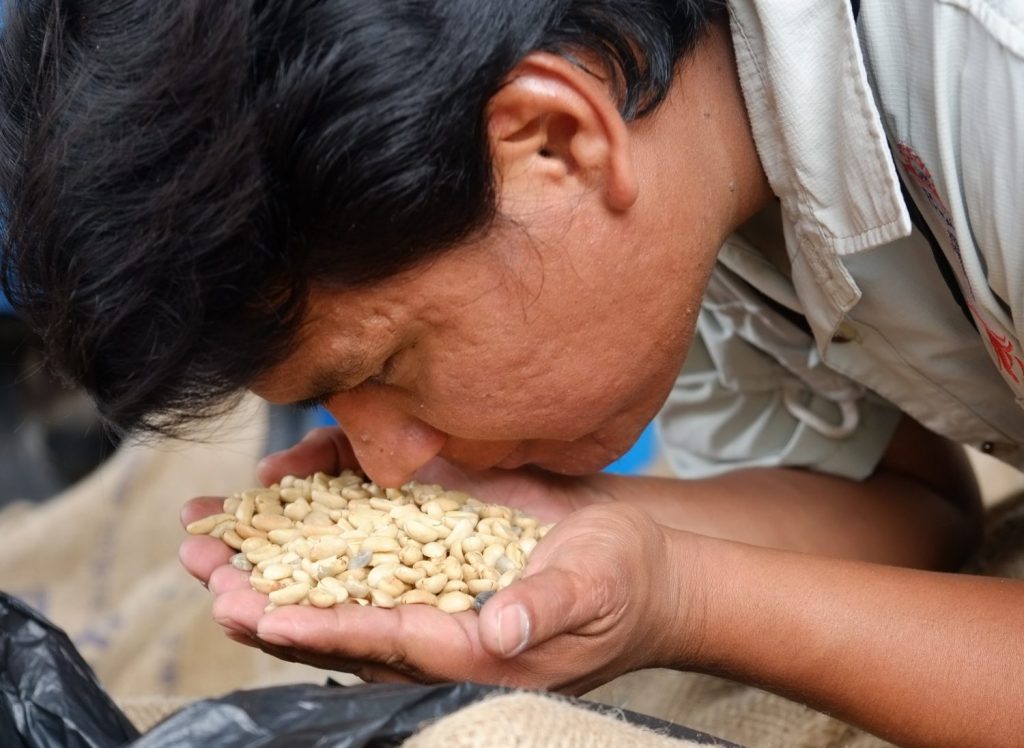- cross-posted to:
- green
- cross-posted to:
- green
How exactly do farmed seafood not result in land use change? Okay, it’s not “land” but an open pen fish/clam/shrimp/whatever farm absolutely has detrimental impacts on the local aquatic ecosystem. They’re breeding grounds for disease that get into the native populations, as well as leakage excess nutrients causing algal and phytoplankton blooms.
Maybe more importantly for the land use change category, whatever aquatic ecosystem within, close to, and under your seafood pen is absolutely getting annihilated. Combined with the fact that the vast majority of aquatic biodiversity is along the shore, which is also where aquaculture places the pens, it could be even worse than bulldozing the same area on dry land.
Ya it seems they left that out, or maybe it doesn’t contribute to greenhouse gas emissions, but obvi does put out a lot of contaminants into oceans and rivers.
Isn’t it interesting how small of a part is from transport?
Interesting. Would be nice to see a version with kJ of nutrition on the x-axis, instead of kg of food. For example I’d wager a kg of bananas is a lot more nutritionally valuable than a kg of peas.
Also, it sounds like they have data for 119 countries. They could produce different graphs which are meaningful for the consumers of different countries (at least for the biggest countries). I’m interested in the impact of my diet as a cook in the EU. The global average is also interesting, but it doesn’t guide my behaviour.
If you’re interested, it would be pretty easy to look up calories per kg on each of the foods and translate the graph. My bet is that coffee will be the worst on the chart if you convert them.
That’s not exactly the best metric for these crops. People don’t drink coffee for calories.
Very true, that’s why it would pencil out to be awful. Basically no caloric value. If your question is ‘How do we feed ourselves with the lowest carbon impact?’ then the question of how many calories does become important (and maybe you just take nonfood luxuries like coffee off the chart).
I agree with you both. But I can’t think of a better metric. emissions per kg is definitely not appropriate. Maybe “How do we feed ourselves with the lowest carbon impact?” is the right question, so calories/Joule is a good measure. Otherwise you use some other food-quality measure, where coffee would be at the bottom and maybe potatoes or avocados would be at the top. Probably such a measure already exists.
Environmental impact isn’t just greenhouse gas. Nuts are listed as being pretty low, but use a large amount of fresh water for instance.




